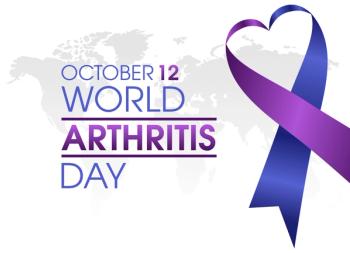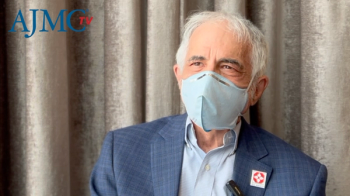
US Releases More Details About COVID-19 Vaccine Process, Says Some Doses Will Be Free
Officials associated with Operation Warp Speed, the administration's initiative to speed development for a vaccine for coronavirus disease 2019 (COVID-19), claimed that doses for elderly patients and other vulnerable populations would be made available free of charge if they cannot afford it.
The United States, through its Operation Warp Speed (OWS) project to rapidly develop and deploy a vaccine for coronavirus disease 2019 (COVID-19), intends to provide the vaccine for free to elderly patients and other vulnerable populations if they cannot afford it, according to senior administration officials associated with OWS.
On a media call to explain more about the project, the officials also said that although they have no agreements with payers, they have had conversations with insurers who have expressed interest in providing the vaccine for no copay.
As part of their agreements, said one of the officials on the call, “a supply of vaccines will be provided directly to the US government for distribution, and we will work with private insurers to allow them to make a contribution to this effort, too." Vaccine distribition will be tiered, based on "data on the virus and its impact on populations and the performance of each vaccine, and the needs of the essential workforce," according to a fact sheet about the process.
In response to a question about the cost of a vaccine, one of the officials said, "For any American who is a vulnerable who cannot afford the vaccine, and desires a vaccine, we will provide it for free."
Asked later about how HHS would determine vulnerability and affordability, an official responded via email to The American Journal of Managed Care® (AJMC®) by saying, “HHS is in the process of determining eligibility for a no-cost vaccine, predicated on the successful vaccines that emerge from the OWS process. It is our obligation at HHS to provide a safe, effective and affordable vaccine to every American. Any vulnerable American who needs the vaccine will receive the vaccine regardless if they can’t afford it. In regards to defining ‘vulnerable’ populations, OWS follows HHS protocol to determine at-risk populations based on data earned from experience with COVID-19.”
However, the nation’s lobbying organization for insurers indicated any vaccines for COVID-19 would be covered in accordance with other vaccination policies. The Affordable Care Act, which the Trump administration is trying to overturn, requires insurers cover vaccinations at no charge.
“Health insurance providers cover vaccines recommended by CDC’s Advisory Committee on Immunization Practices (ACIP). At this time, ACIP has not provided guidance on a future COVID-19 vaccine. If and when ACIP recommends a vaccine, it will be covered similar to other vaccines,” said a spokesperson in an email to AJMC®.
Currently, there are 14 candidate vaccines in development, and those will be narrowed down to 7, which will be put through randomized trials.
OWS involves HHS, the CDC, the FDA, the National Institutes of Health, the Biomedical Advanced Research and Development Authority, and the Department of Defense. It is also trying to expand manufacturing capacity related to vaccines.
Newsletter
Stay ahead of policy, cost, and value—subscribe to AJMC for expert insights at the intersection of clinical care and health economics.

















































